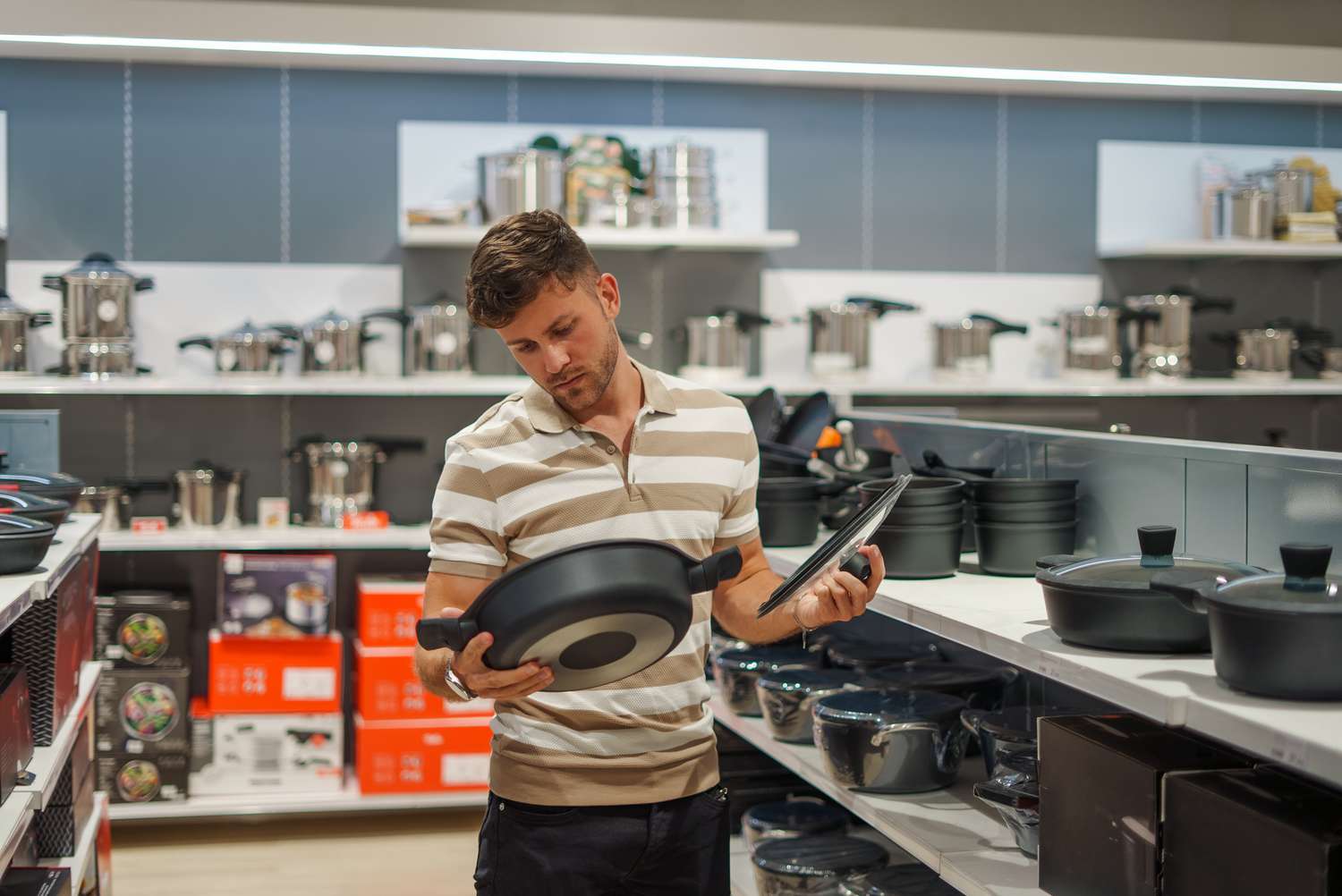Comparing Ceramic, Teflon, Stainless Steel, and Glass Cookware: Experts’ Insights on Safety

Some types of cookware may be safer and healthier to use than others.
You can find a wide range of cookware materials in the market today. Options include stainless steel, glass, Teflon, cast iron, and copper, just to name a few.
Choosing the best among these options can be quite challenging. What has the finest quality material? Which one is the finest nonstick skillet? Which type of cookware is most secure for food preparation?
During your shopping escapades, you'll typically encounter two main categories of cookware: Teflon (also referred to as PTFE) and ceramic.
Teflon is highly praised for its nonstick advantages. Still, there have been concerns about the chemicals involved in PTFE coating and their long-term health effects.
Past research indicated that a chemical known as perfluorooctanoic acid (PFOA), which was used in Teflon production, was linked to cancer. This harmful chemical has since been banned.
Conversely, ceramic cookware is crafted from a sand derivative resulting in a smooth, nonstick finish.
Here are some factors to consider when selecting the healthiest cookware for you and your loved ones.
In choosing your home cookware, it's vital to think about what is safest for long-term use.
According to Julia Zumpano, a registered dietitian with the Cleveland Clinic Digestive Disease Institute, we strive to buy safe cookware for our homes where we often do most of our cooking.
In theory, the healthiest cookware options are glass and stainless steel, neither ceramic nor Teflon.
Jim Perko, the Executive Chef in the Center for Integrative & Lifestyle Medicine at the Cleveland Clinic, asserts that using or purchasing glass, Pyrex, or stainless steel pots and pans are healthier choices for long-term or lifetime use.
This is attributed to the way cookware is coated.
In deciding which cookware to buy, considering factors such as the type of base metal, coating, and application technique are essential.
Generally, ceramic cookware is made out of metal and layered with a nonstick material (usually silicon). This is comparatively safer at elevated temperatures, but some brands might use a coating that has heavy metals.
Zumpano explains that the chemical in original Teflon products has been prohibited since 2014 (PFOA). Present-day Teflon products use PFAs, which have also been linked to health concerns.
Perko elaborates that given the many brands of ceramic and Teflon, the coating types, application methods, and the types of metal the pan is crafted from, there are multiple variables concerning longevity and safety.
Unlike ceramic and Teflon products, glass and stainless steel do not contain a coating, making them the safer, healthier option.
Besides being aware of the coating on your cookware, it's equally crucial to know the base material. Over time, the coating could deteriorate, and the material beneath may infiltrate your food.
Zumpano advises against chemicals such as PFOA, PFAS, and nonstick varieties. For those who opt for metal-based cookware, she cautions against regular aluminum (unless it's anodized aluminum), as it can leech into your food. Cast iron and stainless steel are generally considered safe, but use copper cautiously. Anodized aluminum doesn't react with acidic foods, so it doesn't leech aluminum into your meal.
Whenever feasible, Perko recommends avoiding high-heat cooking, especially with animal proteins.
If you are particularly concerned about your cookware, give precedence to the highest-rated options.
According to Perko, "Glass, like Pyrex cookware, is a secure option. Cast iron is a secure option if not used for frying or high-temperature cooking. If you have or can use or purchase stainless steel pots and pans, they are healthier choices for long-term/lifetime use."
The main take-away? Instead of narrowing your choice between ceramic and Teflon cookware based on their coatings, pay more attention to the base material. In other words, your shopping cart should be filled predominantly with glass, Pyrex, and stainless steel cookware.




